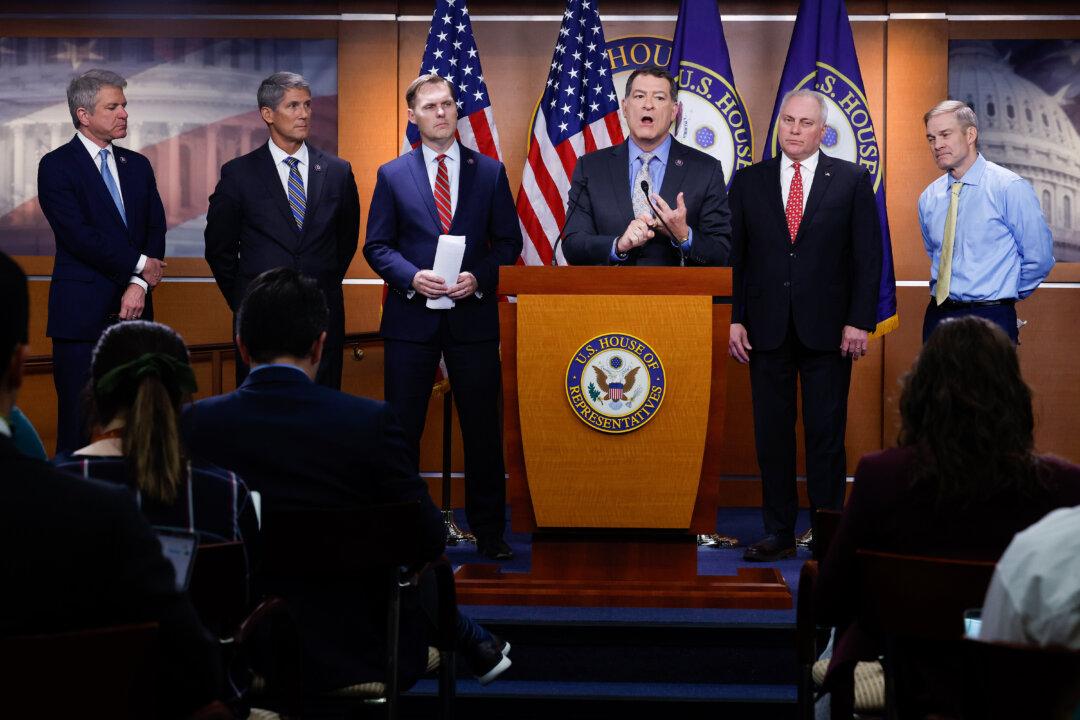WASHINGTON—The U.S. House of Representatives, after returning from its spring recess, is set to begin drafting bills that will authorize funds for President Donald Trump’s policy objectives. The “markups”—long sessions in which bills are considered, amended, and advanced to the full House—are set to begin in the week of April 28 to May 2.
The bills are being drafted under the aegis of the “budget reconciliation” process, whereby Congress can pass and present special legislation to the president that concerns taxation, spending, and public borrowing without requiring the support of 60 senators in the Senate to invoke cloture and prevent a ‘filibuster.” Since 2016, the most consequential legislation in federal politics has often been enacted through the reconciliation process, such as the Tax Cuts and Jobs Act (TCJA) of 2017, the American Rescue Plan Act of 2021, and the Inflation Reduction Act of 2022.
Most significantly, the budget resolution has details on which policy areas will increase their spending and, correspondingly, where spending will be cut. The standing committees are required to recommend new spending or cuts based on those details, which will occur during the markups. There, the committee reviews line by line a draft bill proposed by the chairman and receives amendments from members, which then receive a vote. They are often long sessions, since the minority party usually offers many amendments designed to undermine the bill.
Border security and immigration reforms are likely to be the biggest focus. The two committees dealing with those issues—the Committee on Homeland Security, which oversees the border and removal operations, and the Committee on the Judiciary, which oversees Immigration Courts that conduct deportation proceedings and decide many asylum cases—collectively have $200 billion to increase spending.
In the Judiciary Committee, the text of the chairman’s mark (i.e., the draft bill) has been released. Most significantly, the bill would create fees for processing asylum applications that are charged to asylum seekers themselves, whose cases are presently adjudicated without charge. The minimum application fee would become $1,000, while other benefits, such as parole, would also have fees levied. The Homeland Security Committee, by contrast, has not released its chairman’s mark. Its markup will be held on April 29.
Apart from them, the only other committee with authority to increase spending is the House Ways and Means Committee, which oversees all taxation and revenue-raising matters. The chairman’s mark in this committee has not yet been released and is highly anticipated, given that it will include the TCJA authorizations.
Once the markups are complete, they will be collated into a final bill that will be considered by the full House. The Senate must engage in the same procedure for the bill.







